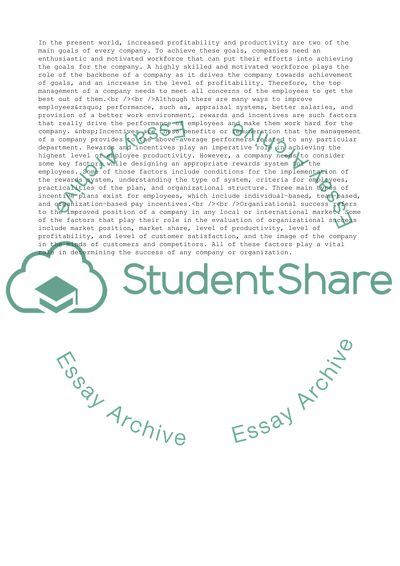Cite this document
(How Can an Organizations Reward System Assist Organizational Success Coursework, n.d.)
How Can an Organizations Reward System Assist Organizational Success Coursework. https://studentshare.org/management/1788633-how-can-an-organisations-reward-system-assist-organisational-success
How Can an Organizations Reward System Assist Organizational Success Coursework. https://studentshare.org/management/1788633-how-can-an-organisations-reward-system-assist-organisational-success
(How Can an Organizations Reward System Assist Organizational Success Coursework)
How Can an Organizations Reward System Assist Organizational Success Coursework. https://studentshare.org/management/1788633-how-can-an-organisations-reward-system-assist-organisational-success.
How Can an Organizations Reward System Assist Organizational Success Coursework. https://studentshare.org/management/1788633-how-can-an-organisations-reward-system-assist-organisational-success.
“How Can an Organizations Reward System Assist Organizational Success Coursework”. https://studentshare.org/management/1788633-how-can-an-organisations-reward-system-assist-organisational-success.


